Meeting your students’ social and emotional needs in the classroom is foundational to effective learning. It’s a difficult job among typical learners, let alone with students who have a trauma history and more demanding mental health or behavioral challenges.
Mental health expert Jennifer Bashant details how using a trauma-informed approach will greatly reduce, even eliminate, challenging behavior in your classroom. Using her practical, easy-to-use strategies based on the latest research, every educator can create a classroom where all students feel welcomed, supported, and ready to learn.
- Understand the impact of trauma on learning and behavior
- Tools to connect with all students, and foster intrinsic motivation
- Learn how to move away from points and stickers
- Strategies to build resilience and instill hope in your students
- 27 downloadable worksheets and exercises
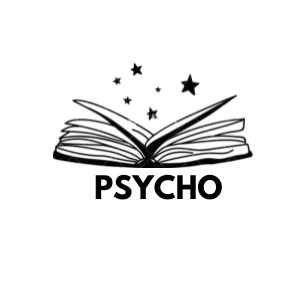
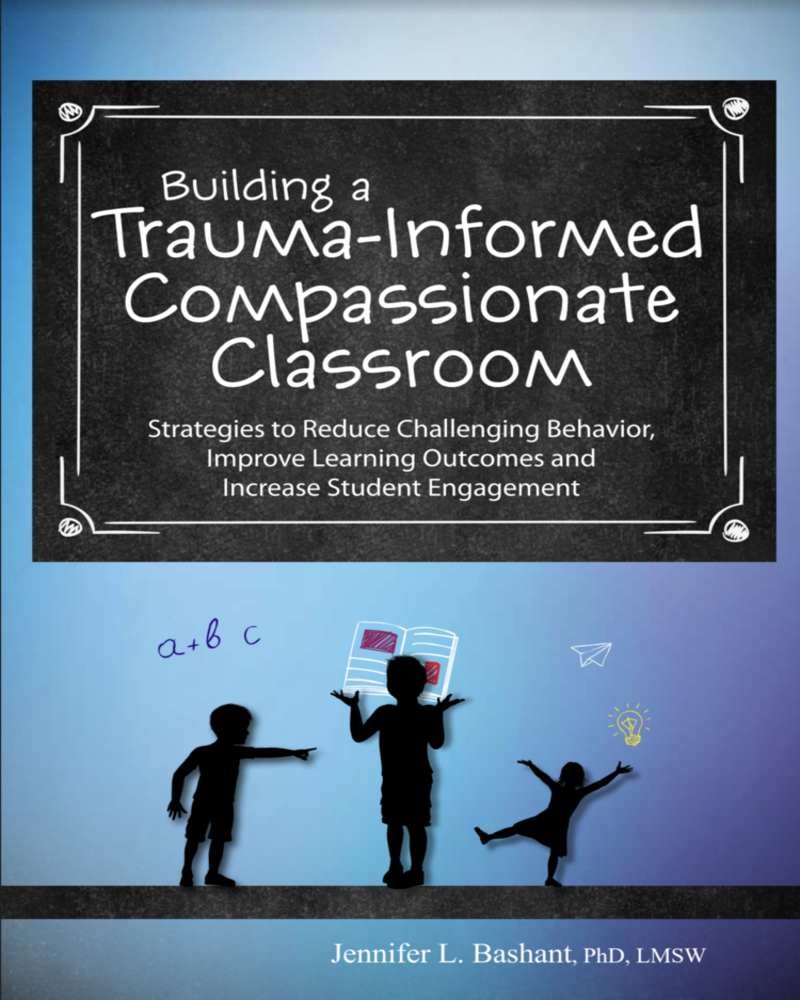
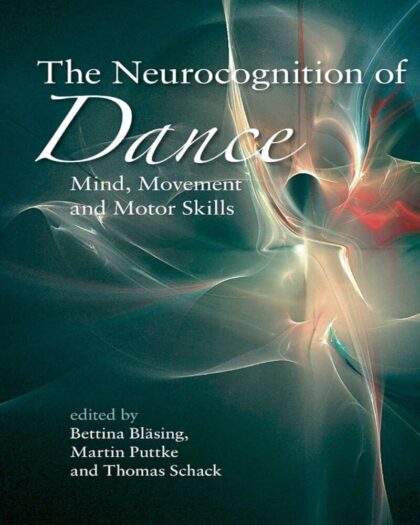
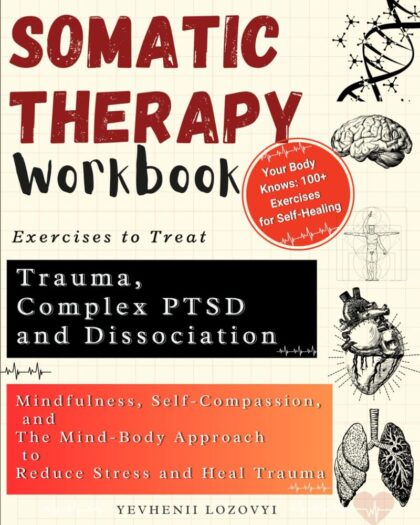
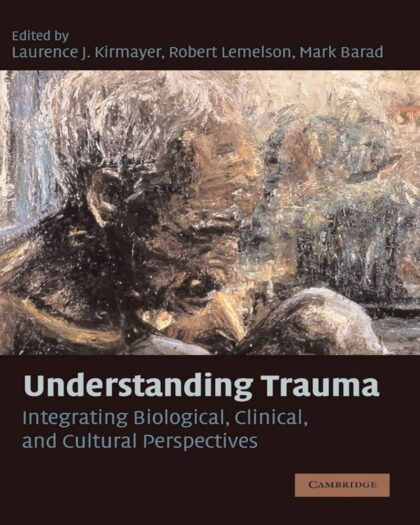
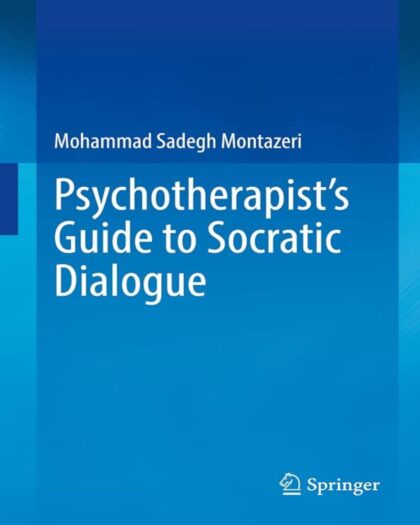
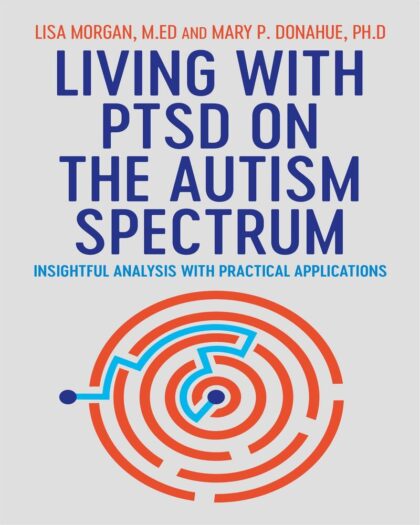

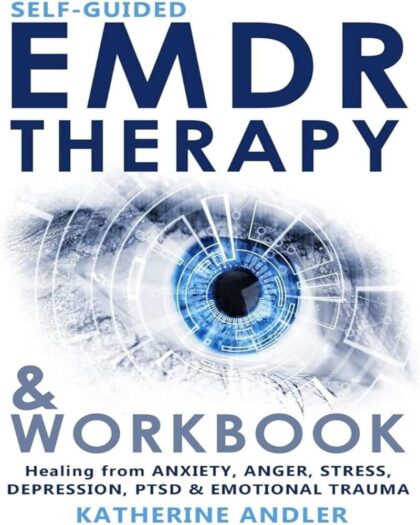
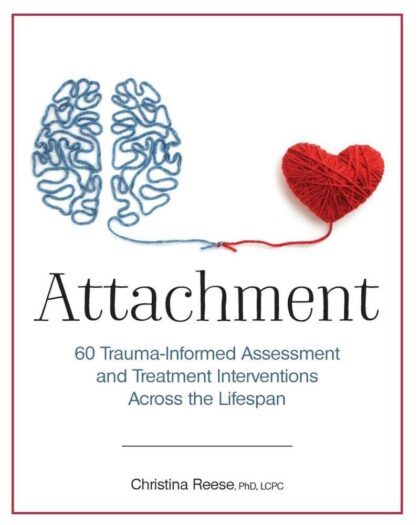
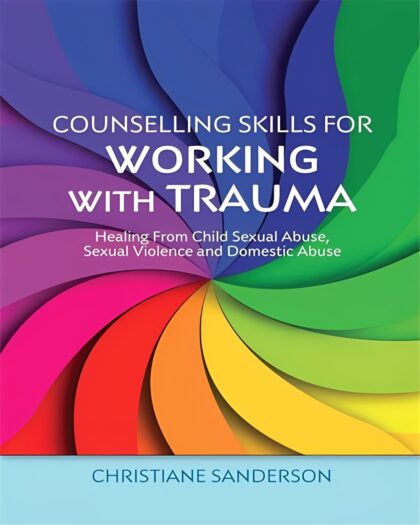
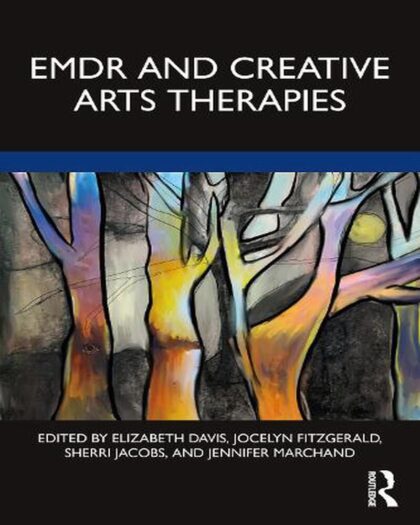
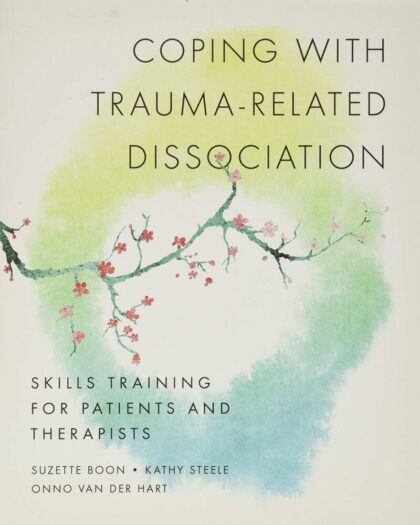
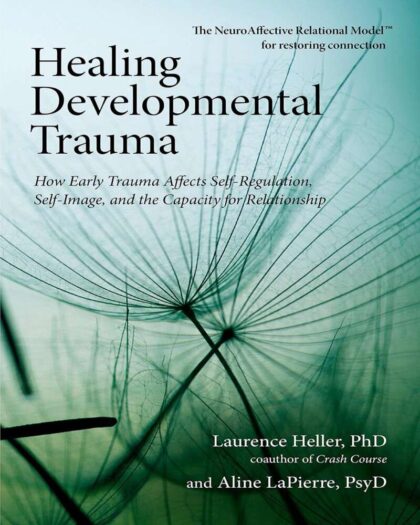
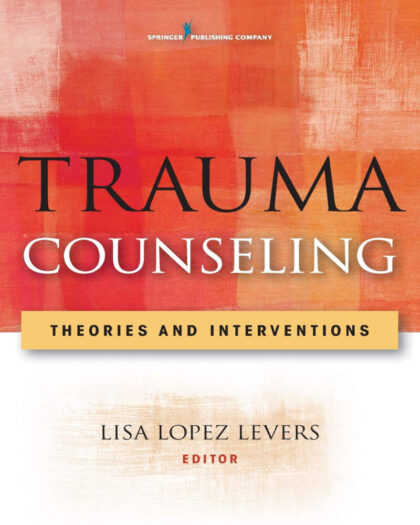
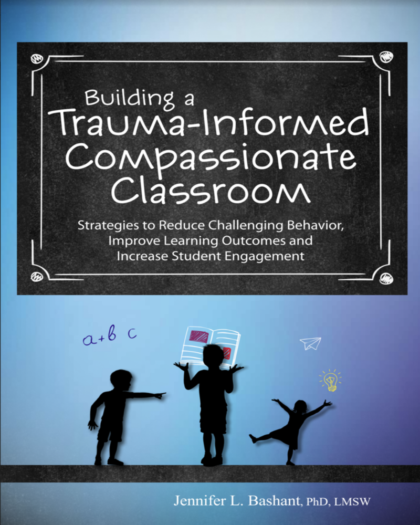
It’s worth noting while this book speaks of traumatized children such as sexual abuse and physical violence and such, trauma is experienced by every person. Trauma is unprocessed stress.
If you come from an affluent background, I would recommend the book “the Price of Privilege’ by Madeline Levine. There you will find ideas of dealing with trauma for a different class setting, yet the concepts are still the same as expressed in Jennifer Bashant’s book.
This is a must read book for all educators.
After reading this book, I feel like I have to tools and resources to be empathic and supportive of youth and their support circle in a meaningful way.
It connects individuals' experiences and supports them while building awareness, hope, compassion, and kindness.
You could easily use this book as a group learning tool or enhance your knowledge and skills over the weekend. If you work with young individuals in any way, I highly recommend adding this book to your bookshelf!
I know the author personally and the book is like listening to him!